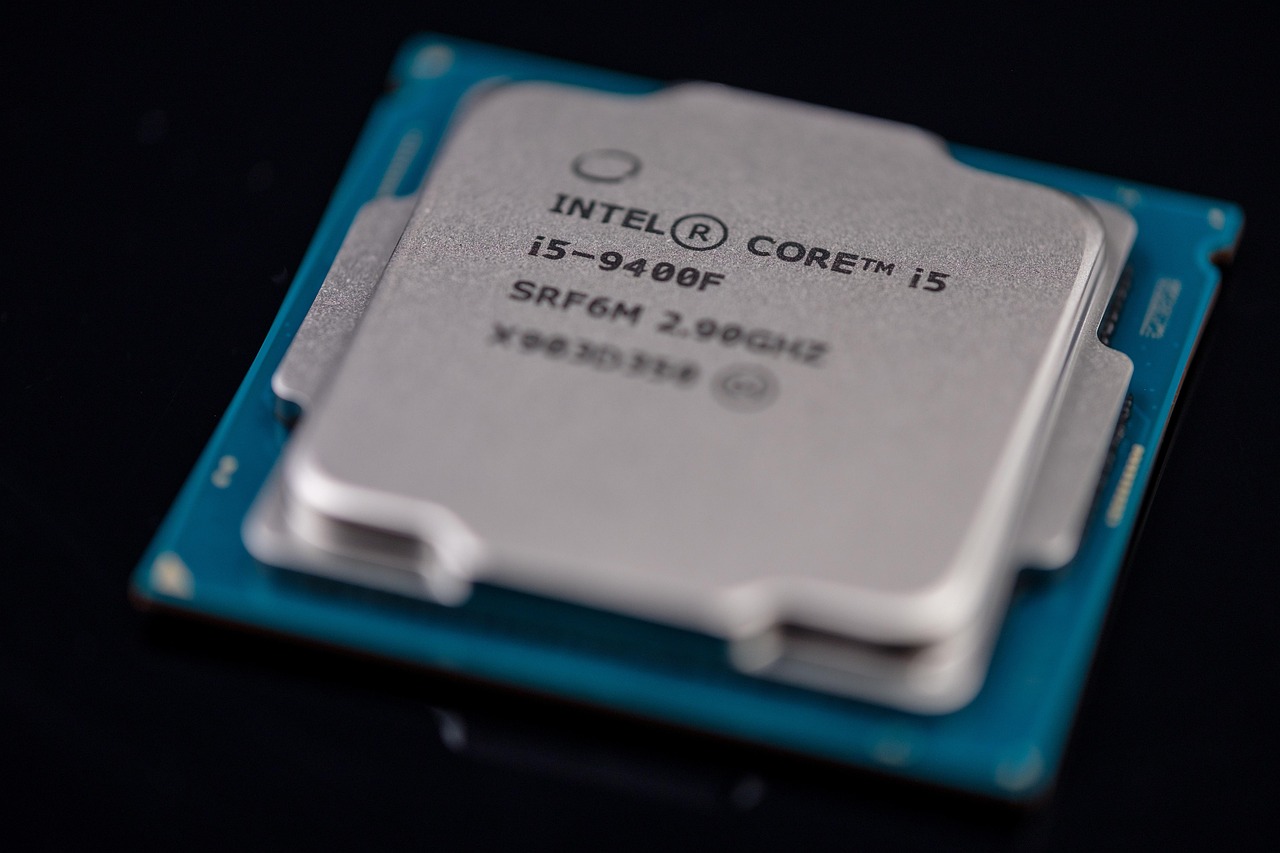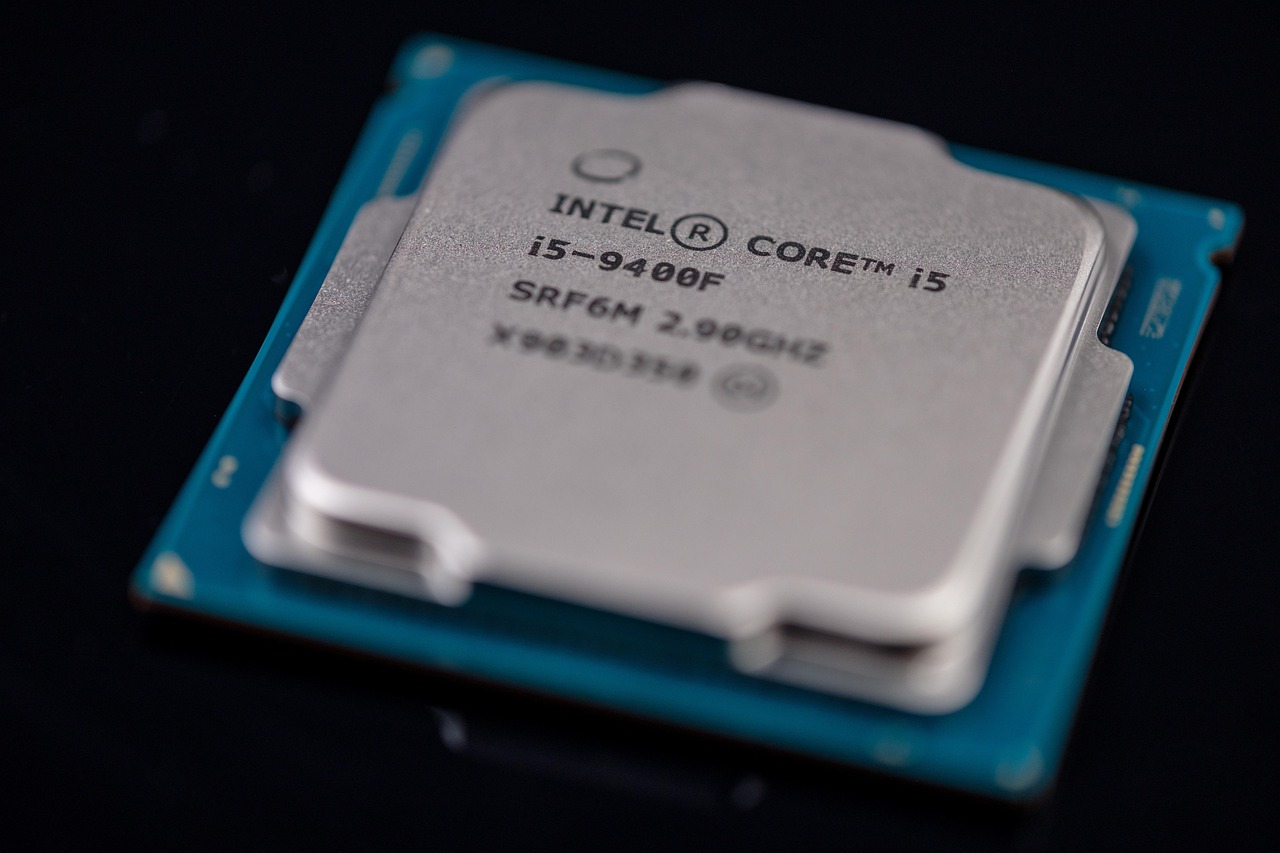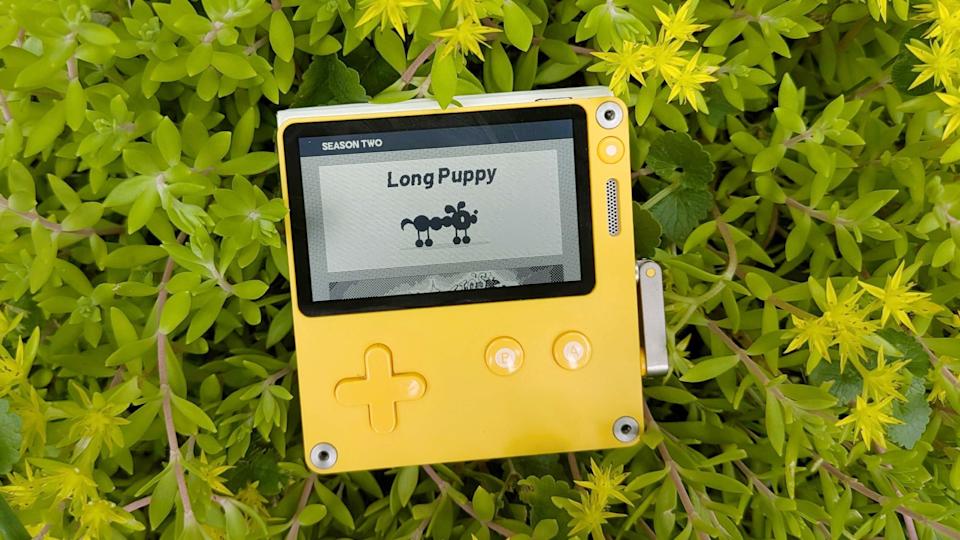GeoAI Model for Cyber-Physical Attack Risk: A New Frontier in Security

As the world becomes increasingly interconnected, the confluence of geographic information systems (GIS), artificial intelligence (AI), and cybersecurity has given rise to a promising field: GeoAI. This interdisciplinary approach is particularly pertinent in assessing and mitigating risks associated with cyber-physical attacks. Such attacks, which target the intersection of the digital and physical worlds, present a unique set of challenges and opportunities for leveraging GeoAI technologies.
GeoAI, at its core, combines the spatial analysis capabilities of GIS with the predictive power of AI. This fusion allows for a comprehensive understanding of not only where and when cyber-physical threats may occur, but also how they can be effectively countered. The application of GeoAI in assessing cyber-physical attack risk is a burgeoning area of interest for governments, corporations, and security professionals worldwide.
Understanding Cyber-Physical Systems and Their Vulnerabilities
Cyber-physical systems (CPS) integrate computational and physical processes. Examples range from smart grids and autonomous vehicles to industrial control systems and medical devices. The bidirectional flow of information between software and physical components makes these systems susceptible to attacks that can have tangible, sometimes catastrophic, consequences.
Key vulnerabilities in CPS include:
- Interconnectedness: The complex network of connections between devices and systems increases potential points of entry for attackers.
- Legacy Systems: Many CPS rely on outdated infrastructure that lacks modern security protocols.
- Human Error: Misconfigurations and insufficient training can lead to exploitable weaknesses.
The Role of GeoAI in Risk Assessment
The deployment of GeoAI in cyber-physical security involves several critical steps, each leveraging the strengths of both GIS and AI. These include:
- Data Collection and Integration: Gathering spatial and temporal data from various sources, including satellite imagery, IoT devices, and social media feeds. This data integration is essential for creating a holistic view of potential threats.
- Pattern Recognition and Forecasting: Using AI algorithms to identify patterns and predict potential attack vectors based on historical data and real-time inputs. Machine learning models can be trained to detect anomalies that might indicate an impending threat.
- Risk Mapping: Employing GIS tools to visualize risk levels geographically, allowing stakeholders to prioritize resources and responses based on location-specific threats.
- Response Optimization: Facilitating the development of strategic interventions by simulating various attack scenarios and their impacts on physical infrastructures.
Global Implications and Strategic Considerations
Globally, the integration of GeoAI into cyber-physical security strategies carries significant implications. For national governments, it means enhancing the protection of critical infrastructure and ensuring national security. For businesses, particularly those in sectors like energy, transportation, and healthcare, it translates into safeguarding operational continuity and protecting sensitive data.
There are, however, challenges to consider. The ethical use of AI, data privacy concerns, and the need for cross-border cooperation in data sharing are paramount. Moreover, the rapid pace of technological advancements necessitates continuous adaptation and learning among security professionals.
Conclusion
The application of GeoAI in assessing cyber-physical attack risks represents a transformative shift in how security is conceptualized and implemented. By leveraging the spatial intelligence of GIS and the predictive analytics of AI, stakeholders are better equipped to anticipate, visualize, and respond to threats. As the landscape of cyber-physical systems continues to evolve, so too must the strategies employed to protect them, with GeoAI leading the charge in fortifying our interconnected world.
In conclusion, while GeoAI offers a promising avenue for enhancing cyber-physical security, it requires a concerted effort across disciplines, industries, and nations to fully realize its potential. The future of security lies not only in sophisticated technology but also in collaborative, informed, and proactive approaches to risk management.














